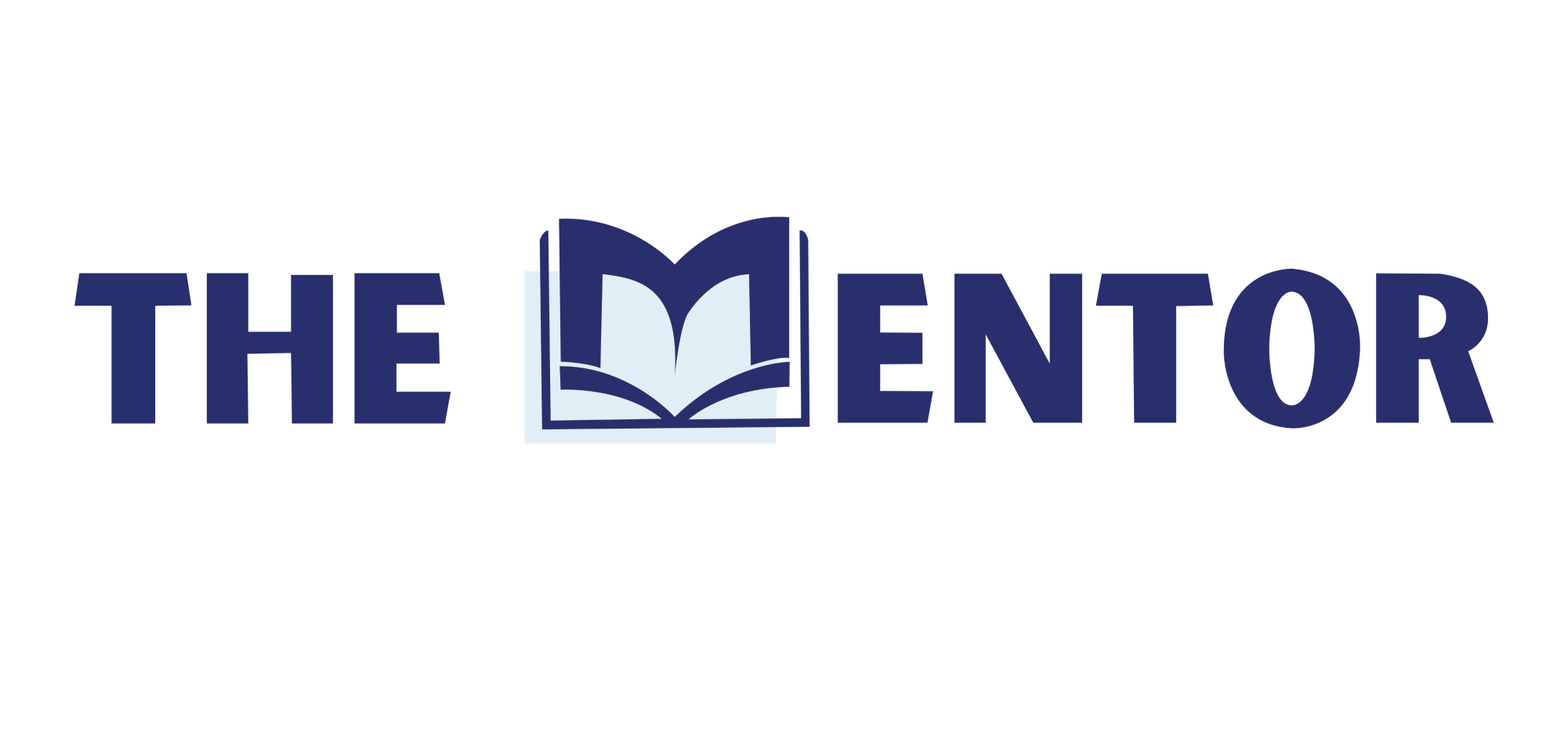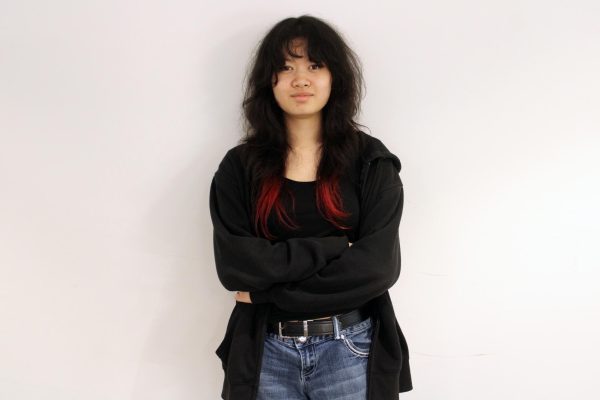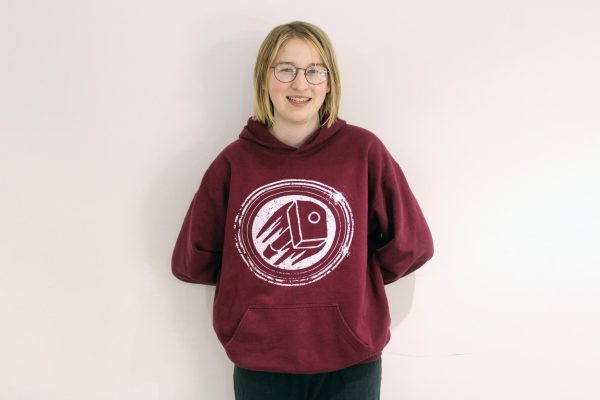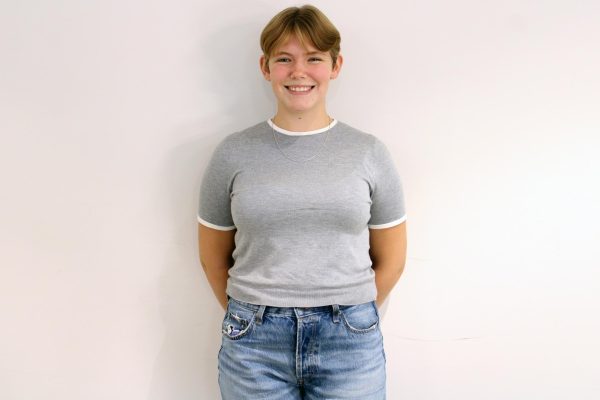Time to end Hazelwood restrictions
Freedom of speech — protected by the First Amendment of the United States Constitution — has become a normality for almost every citizen in America. People have grown accustomed to being able to voice their stories, injustices and more.
However, that right is restricted from some Americans — those of the student press. Student journalists in curricular publications are subject to a lower level of First Amendment protection, allowing virtually complete censorship of student publications.
One may ask, why? Why censor the voices of student journalists? To answer this question, one must go back all the way to 1988, the year of “Hazelwood School District et al. v. Kuhlmeier et al” — the Supreme Court case that changed student journalism for an entire country.
According to United States Courts, Hazelwood first came to light when The Spectrum, the student newspaper of Hazelwood East High in St. Louis, Missouri, published an article on divorce and teen pregnancy, prompting their principal to censor the article and run a blank page. The students of The Spectrum sued the school for violating their First Amendment rights; from there the case went from court to court until it reached the ears of the United States Supreme Court. The Supreme Court ruled in favor of the school, establishing a nation-wide law that allowed administration to censor student-media content by implementing prior review and prior restraint — where administrators have the right to oversee and censor content before publication.
Jan. 31 marks 30 years since the Hazelwood decision was made. Since then, many states, with the help of the Student Press Law Center, have fought for their own student-press laws and, as of today, 13 have won, as Kansas did 25 years ago. Student journalists in Kansas, including those at Manhattan High, have almost full First-Amendment-protection from administrative censorship due to the Kansas Student Press Laws. Administration can only censor content within reason, and student voices are free for publication. Thanks to the SPLC’s New Voices campaign, many other states are on their way to joining states like Kansas with their own student-press laws.
It is the agreement of The Mentor editorial board that, while we have come so far from Hazelwood, there is still much to be done.
It is the job of the free people of America and of members of the press to voice injustices and wrong doings, especially in our schools. While administration helps the school function, it’s not their school — it’s the students’. Students have the right, both as American citizens and consumers, to know the truth about the place they spend the majority of their time.
Not only that, but it’s time to recognize student journalists are just that, students. They are bound to make mistakes because they are learning. Student journalists need to have student-press laws to protect their legitimate reporting as well as their right to learn and make mistakes in a classroom environment.
The Hazelwood decision has silenced and censored student journalists for too long. Especially in this day and age, it is vitally more important to communicate the truth to the public. Now is the time for student journalists to stand together, united in a vision for the free people of the press, of America. Unite in support of New Voices so every state can adopt student press laws.
On Jan. 31, keep in mind the outstanding students paired with New Voices who work tirelessly and fight endlessly for their schools to ensure to the public the truth is told and knowledge is no longer censored but roams free. Three decades of Hazelwood is too long, America; say hello to a new era in student journalism, the era of the free.
Listen to the conversation







